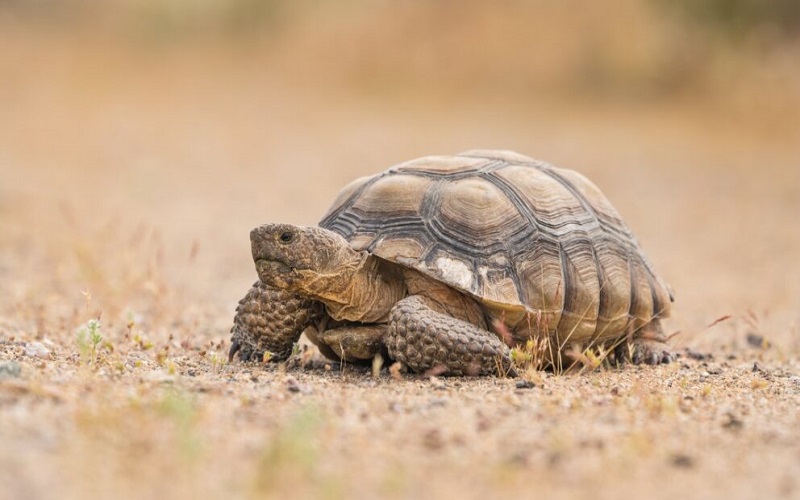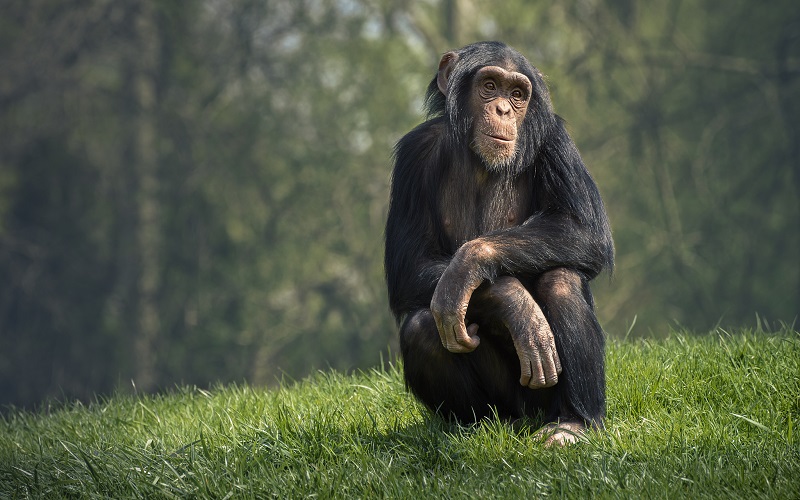Tortoises are fascinating creatures with a rich history that spans millions of years. They are members of the Testudinidae family, which also includes turtles. Unlike turtles, tortoises are primarily terrestrial, spending most of their lives on land. These slow-moving reptiles have unique characteristics, behaviors, and adaptations that have allowed them to thrive in diverse habitats around the world. In this article, we will delve into the captivating world of tortoises, exploring their anatomy, behavior, habitats, conservation status, and the importance of protecting these ancient and valuable creatures.
Evolution and History of Tortoises:
Tortoises are ancient creatures with a fossil record that dates back over 200 million years. They belong to the Testudines order, making them one of the oldest reptile groups on Earth. Their evolution can be traced back to the early Jurassic period, and they have undergone numerous adaptations over the millennia.
One of the most striking features of tortoises is their protective shell, known as the carapace, which encases their bodies. This unique adaptation provides them with a formidable defense against predators and environmental challenges. The shell consists of two parts: the upper carapace and the lower plastron, connected by a bony bridge called the bridge or bar. The shell is made up of a fusion of bony plates and is covered with a layer of keratin, similar to human fingernails.
Anatomy and Physical Characteristics:
Tortoises have a distinctive physical appearance. They have sturdy, four-legged bodies with high-domed shells that vary in size and shape among different species. Their legs are well-adapted for walking on land, with elephant-like feet and clawed toes. The toes help them navigate various terrains, from rocky deserts to lush grasslands.
Tortoises are ectothermic, meaning their body temperature is regulated by external environmental conditions. As a result, they rely on their surroundings to maintain their body heat, often basking in the sun to warm up during the day and seeking shelter to avoid extreme temperatures.
Behavior and Lifestyle:
Tortoises are known for their slow and deliberate movements, which earned them the nickname “living tanks.” Their slow pace is an essential survival strategy, helping them conserve energy in environments where resources are scarce. Despite their seemingly laid-back demeanor, tortoises can demonstrate surprising strength and determination.
Tortoises are primarily herbivorous, feeding on a variety of plant matter such as grasses, leaves, fruits, and flowers. Some species have specialized diets, while others are more generalist feeders. They use their beak-like mouths to bite and tear vegetation, and their tough, efficient digestive systems allow them to extract nutrients from tough and fibrous plant materials.
Most tortoise species are solitary animals, except during the mating season. They often establish home ranges, returning to familiar locations to feed and rest. Some tortoises are known to migrate over relatively short distances in search of food or to find suitable nesting sites.
Habitat and Distribution:
Tortoises are found on every continent except Antarctica. They are particularly abundant in Africa, the Americas, and Asia. Their distribution spans a wide range of habitats, from arid deserts to tropical rainforests, and they can be found in diverse landscapes such as grasslands, scrublands, and coastal regions.
Each species of tortoise has specific habitat preferences that suit its ecological needs. Some, like the African spurred tortoise (Centrochelys sulcata), are well-adapted to arid environments, while others, like the Galápagos tortoise (Chelonoidis nigra), are better suited to lush, humid regions.
Conservation Status and Threats:
Many species of tortoises are classified as endangered or critically endangered due to various threats and human activities. Habitat destruction and fragmentation pose significant challenges for tortoises, as human development and land conversion continue to reduce their natural habitats. Urbanization and agricultural expansion lead to loss of feeding and nesting sites, making it difficult for these reptiles to survive.
Additionally, illegal wildlife trade and poaching are serious threats to tortoise populations. Some species, like the radiated tortoise (Astrochelys radiata) from Madagascar, are highly sought after in the illegal pet trade due to their striking appearance. The overcollection of tortoises for the pet trade puts immense pressure on wild populations and disrupts their natural ecological balance.
Conservation efforts to protect tortoises focus on creating and maintaining protected areas, implementing anti-poaching measures, and promoting sustainable practices in regions where tortoises inhabit. Breeding and release programs are also utilized to boost populations and reintroduce tortoises into their native habitats.
The Importance of Protecting Tortoises:
Tortoises play vital roles in their ecosystems as herbivores and seed dispersers. They help control vegetation growth and contribute to the maintenance of biodiversity. Their burrowing behavior can also create microhabitats for other animals, enhancing the overall ecological balance of their habitats.
Moreover, tortoises are an integral part of cultural heritage and folklore in many regions around the world. They hold deep symbolic and spiritual significance in various cultures, and their presence is a testament to the resilience and adaptability of life on Earth.
Conclusion:
Tortoises are remarkable creatures with an ancient history that spans millions of years. Their unique adaptations, slow-paced lifestyle, and diverse distribution make them captivating subjects of study and admiration. As we recognize the importance of these reptiles in their ecosystems and cultural heritage, it becomes essential to prioritize conservation efforts and protect their natural habitats. By ensuring the survival and well-being of tortoises, we not only preserve a fascinating piece of natural history but also contribute to maintaining the delicate balance of our planet’s ecosystems.



